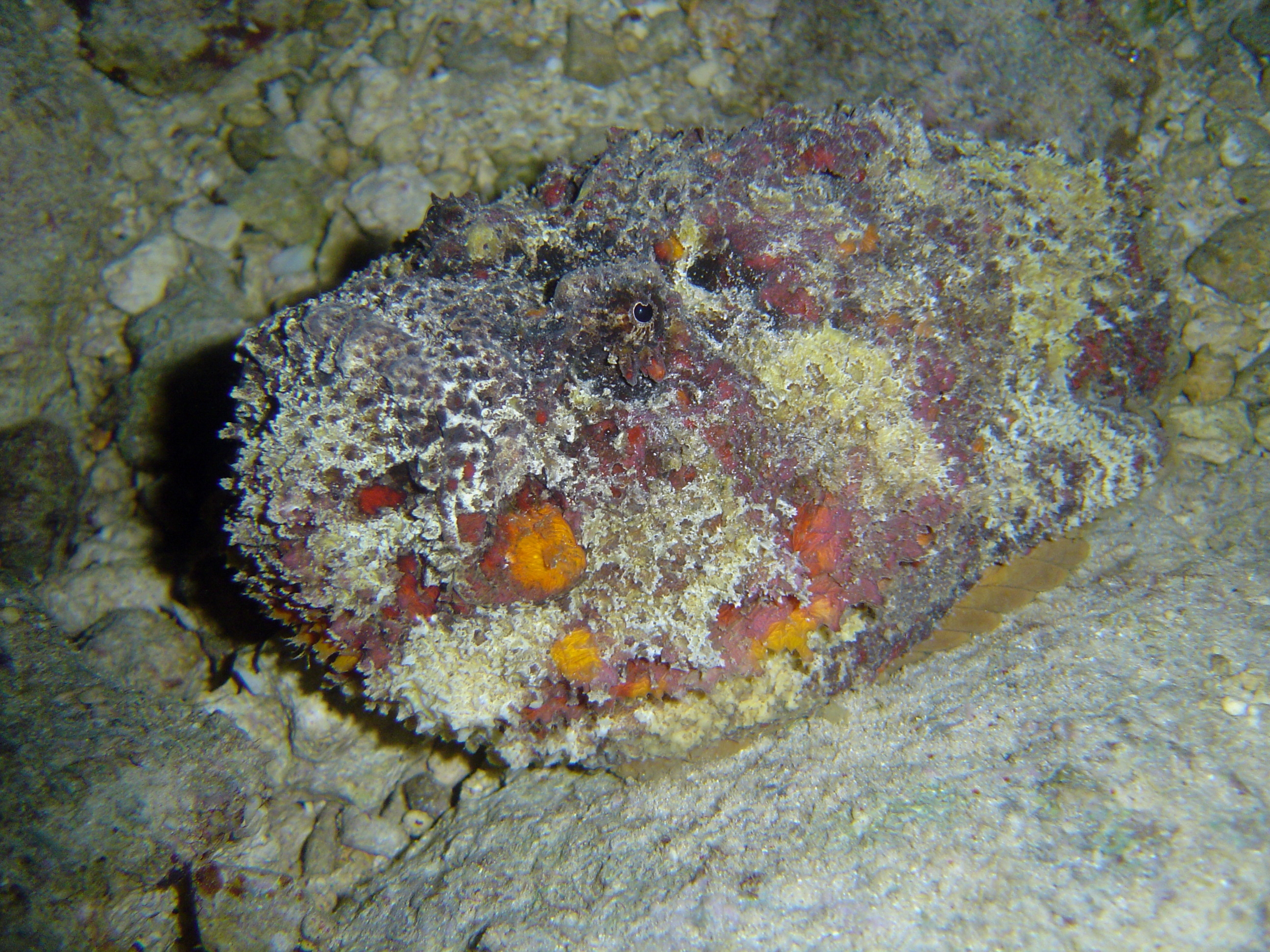|
Neosilurus Gloveri
''Neosilurus gloveri'', commonly known as Dalhousie catfish, is a species of catfish native to Dalhousie Springs Dalhousie Springs, also known as Witjira-Dalhousie Springs, is a group of over 60 natural artesian springs located in Witjira National Park on the western fringe of the Simpson Desert, 180 kilometres northeast of Oodnadatta in northern South Aus ... in central Australia. References gloveri Freshwater fish of South Australia Venomous fish Fish described in 1998 {{catfish-stub ... [...More Info...] [...Related Items...] OR: [Wikipedia] [Google] [Baidu] |
Dalhousie Springs
Dalhousie Springs, also known as Witjira-Dalhousie Springs, is a group of over 60 natural artesian springs located in Witjira National Park on the western fringe of the Simpson Desert, 180 kilometres northeast of Oodnadatta in northern South Australia. They are about southeast of Alice Springs. History The springs form part of Aboriginal tradition and life in northern South Australia, being a place associated with many Dreamtime stories and songs. Evidence of large camp sites are found at the Springs, some of which are thousands of square metres in size, and there are many stone artefacts found scattered around the area. The springs were given their English name by surveyor Richard Randall Knuckey around 1870, when he was working on the Overland Telegraph Line. In 1915, the total flow rate of the Dalhousie Springs complex was over /second, but drilling had reduced this to /second by 2000. Witjira-Dalhousie Springs was added to the Australian National Heritage List in Augus ... [...More Info...] [...Related Items...] OR: [Wikipedia] [Google] [Baidu] |
Neosilurus
''Neosilurus'' is a genus of eeltail catfishes native to Australia and New Guinea. It is one of the largest genus of fresh water plotosid. Species There are currently 11 recognized species in this genus: * '' Neosilurus ater'' (Perugia, 1894) (Narrowfront tandan) * ''Neosilurus brevidorsalis'' ( Günther, 1867) (Shortfin tandan) * '' Neosilurus coatesi'' (Allen, 1985) * '' Neosilurus equinus'' (Weber, 1913) (Southern tandan) * '' Neosilurus gjellerupi'' (Weber, 1913) (Northern tandan) * ''Neosilurus gloveri'' Allen & Feinberg, 1998 (Dalhousie catfish) * '' Neosilurus hyrtlii'' Steindachner, 1867 (Glencoe tandan) * '' Neosilurus idenburgi'' (Nichols, 1940) (Idenburg tandan) * '' Neosilurus mollespiculum'' Allen & Feinberg, 1998 (Soft-spined catfish) * '' Neosilurus novaeguineae'' (Weber, 1907) (New Guinea tandan) * '' Neosilurus pseudospinosus'' Allen Allen, Allen's or Allens may refer to: Buildings * Allen Arena, an indoor arena at Lipscomb University in Nashville, Tennessee ... [...More Info...] [...Related Items...] OR: [Wikipedia] [Google] [Baidu] |
Freshwater Fish Of South Australia
Fresh water or freshwater is any naturally occurring liquid or frozen water containing low concentrations of dissolved salts and other total dissolved solids. Although the term specifically excludes seawater and brackish water, it does include non- salty mineral-rich waters such as chalybeate springs. Fresh water may encompass frozen and meltwater in ice sheets, ice caps, glaciers, snowfields and icebergs, natural precipitations such as rainfall, snowfall, hail/ sleet and graupel, and surface runoffs that form inland bodies of water such as wetlands, ponds, lakes, rivers, streams, as well as groundwater contained in aquifers, subterranean rivers and lakes. Fresh water is the water resource that is of the most and immediate use to humans. Water is critical to the survival of all living organisms. Many organisms can thrive on salt water, but the great majority of higher plants and most insects, amphibians, reptiles, mammals and birds need fresh water to survive. Fresh water is ... [...More Info...] [...Related Items...] OR: [Wikipedia] [Google] [Baidu] |
Venomous Fish
Venomous fish are species of fish which produce strong mixtures of toxins harmful to humans (called venom) which they deliberately deliver by means of a bite, sting, or stab, resulting in an envenomation. As a contrast, poisonous fish also produce a strong toxin, but they do not bite, sting, or stab to deliver the toxin, instead being poisonous to eat because the human digestive system does not destroy the toxin they contain in their bodies. Venomous fish do not necessarily cause poisoning if they are eaten, as the digestive system often destroys the venom.Poisonous vs. Venomous fish: What’s the difference? Reef Biosearch. Retrieved 17 July 2009. There are at least 1200 species of venomous fish, Smith WL and Wheeler WC (2006 [...More Info...] [...Related Items...] OR: [Wikipedia] [Google] [Baidu] |
